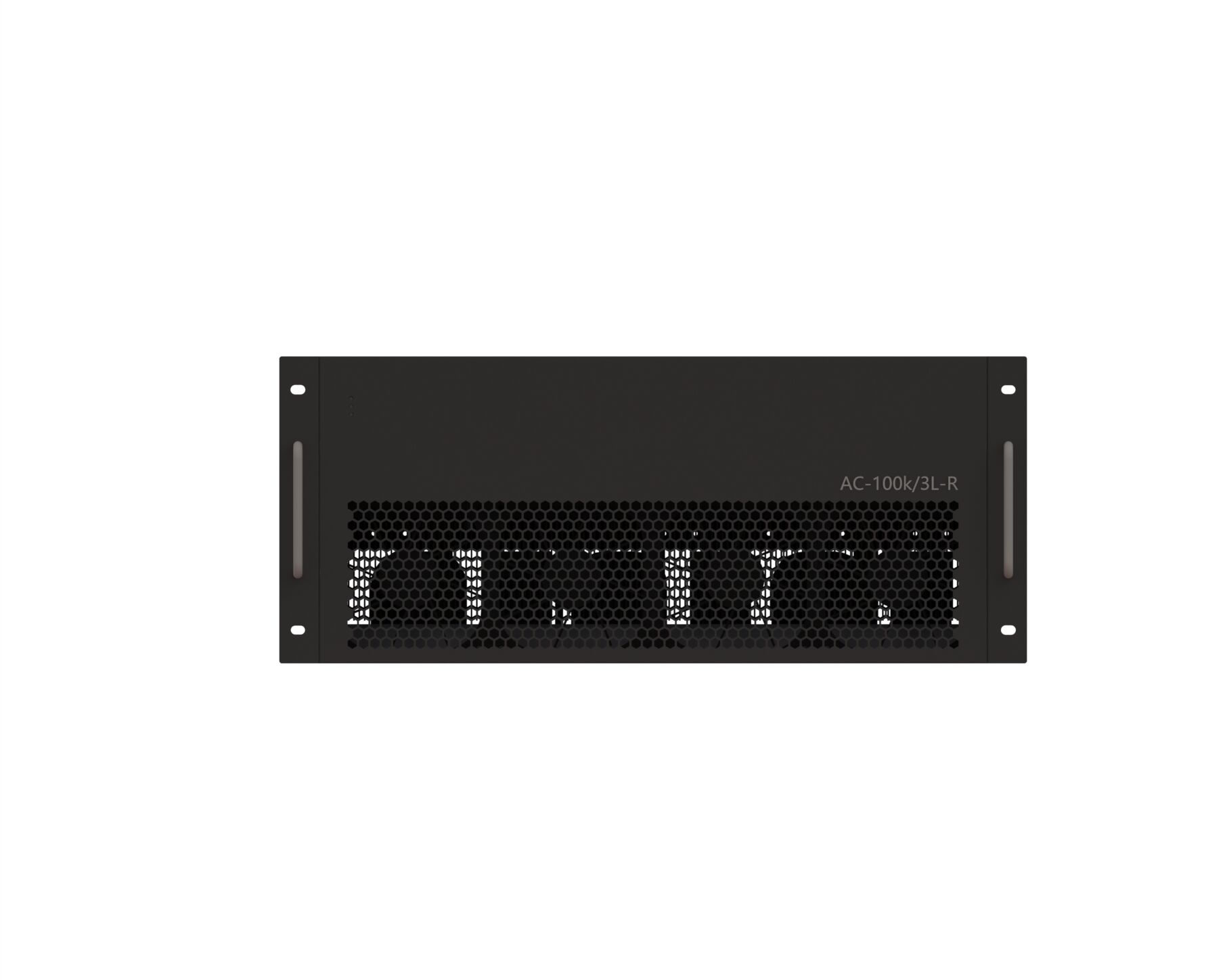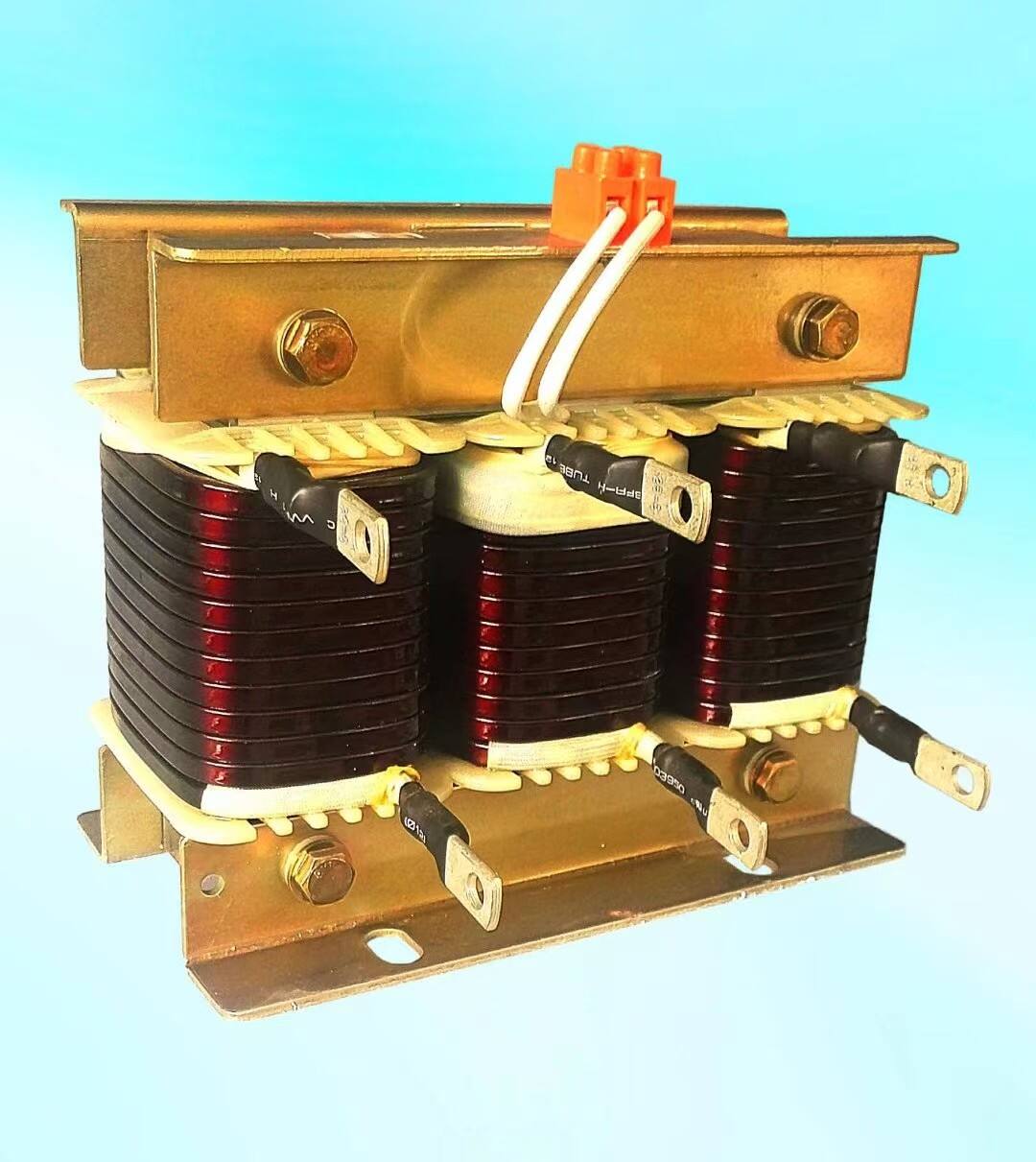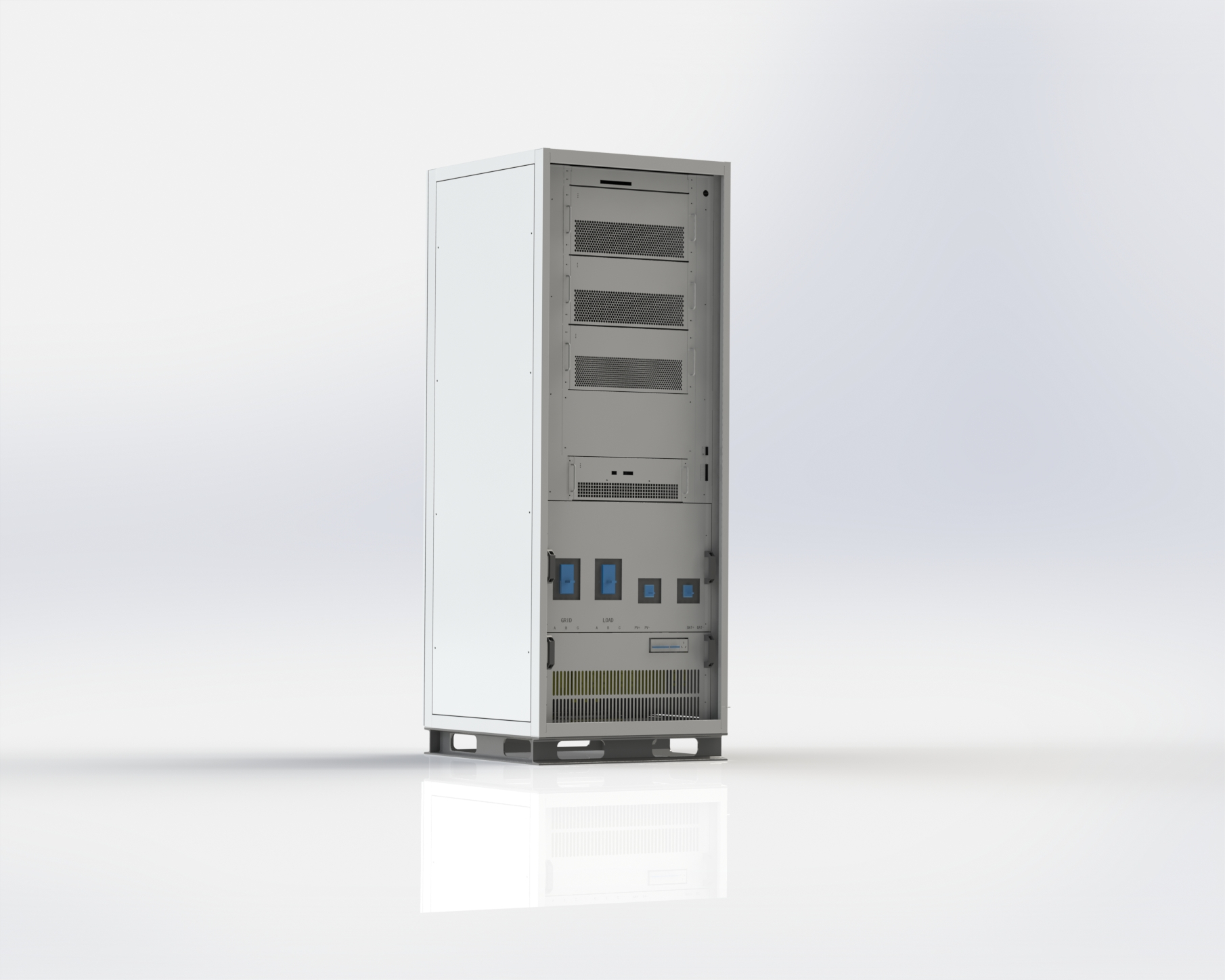Excessive Equipment Overheating Due to Harmonic Distortion
How Harmonics in Industrial Power Systems Cause Overheating
When harmonic distortion occurs, it creates those pesky high frequency currents that ramp up resistance and create unwanted heat buildup inside electrical components. Transformers, motors, and conductors end up working harder than they should, going well past what their thermal designs can handle. What happens next? These same currents set off eddy currents within magnetic cores and windings. This process really speeds up how fast insulation ages, sometimes making it wear out 40% quicker than usual under normal conditions. Take a look at data from 2023 across various manufacturing plants, and we find something telling: almost seven out of ten early motor failures had their roots in this kind of overheating problem caused by harmonics. Capacitor banks aren't faring much better either. Those operating in environments with high total harmonic distortion see dielectric breakdown happening three times more frequently than would normally be expected.
Common Equipment Affected by Harmonic-Induced Thermal Stress
-
Variable Frequency Drives (VFDs): Harmonic currents increase I²R losses in drive components by 15–30%
-
Dry-Type Transformers: Experience 25% faster winding degradation under 8% THD levels (IEEE Std C57.110-2018)
-
Power Cables: Neutral conductors in three-phase systems can carry up to 170% of rated current during harmonic resonance
Recent case studies show that active harmonic filters reduce conductor temperatures by 18–35°C in CNC machine clusters, extending equipment service intervals by 22%.
Measuring Temperature Rise as an Indicator of High Harmonic Levels
Infrared thermal imaging helps identify early signs of harmonic stress through elevated operating temperatures:
| Measurement Point | Normal Temp | High-Harmonic Temp |
| Transformer Bushings | 65°C | 89°C |
| Motor Terminal Box | 55°C | 72°C |
| Capacitor Enclosure | 45°C | 68°C |
Facilities exceeding IEEE 519-2022 harmonic limits typically experience 2.3 times faster temperature escalation during production cycles. Modern monitoring systems integrate THD% and thermal data to automatically activate active harmonic filters when temperatures reach critical thresholds like 55°C.
Frequent Equipment Malfunctions Despite Regular Maintenance
Recognizing Power Quality Issues Behind Unexplained Control System Failures
Industrial control systems tend to break down even when they get regular maintenance because of something called harmonic distortion. What happens is this distortion messes with the voltage waveforms and throws off all those delicate electronic components inside. The result? Relays start acting up, sensors give wrong readings, and servo motors wear out way before their time. According to a recent 2023 audit on power quality, around two thirds of mysterious motor failures in factories weren't actually mechanical problems at all but came from unstable voltages caused by harmonics. Most maintenance crews miss these hidden electrical issues completely, spending their time fixing what looks broken on the surface while the real problem sits quietly in the background waiting to cause more trouble.
Case Study: PLC Shutdowns Caused by Harmonic Resonance
The meatpacking facility had been battling recurring PLC failures every week even though they stuck strictly to the manufacturer's recommended maintenance routines. When engineers looked into power quality issues, they found problematic 7th and 11th harmonic frequencies creating resonance problems in their 480V electrical system. These harmonics were producing transient voltage spikes that reached an alarming 23% total harmonic distortion (THD) level, way over the 8% threshold specified in the IEEE 519-2022 standard for control circuitry. What made matters worse is these specific frequency patterns managed to slip past regular surge protectors, eventually frying several PLC input/output modules. The solution came when they installed adaptive active harmonic filters (AHFs). Within just three months after installation, harmonic levels fell under 4%, and those frustrating unplanned shutdowns simply disappeared from their production schedule.
How Active Harmonic Filter Implementation Prevents Operational Disruptions
Active harmonic filters dynamically inject counterphase currents to neutralize harmful harmonics in real time. Unlike passive filters limited to fixed frequencies, AHFs adapt to changing loads common in facilities using VFDs and welding equipment. This continuous correction:
- Maintains voltage THD below 5% even during motor startups
- Reduces neutral currents by 92% in three-phase systems
- Lowers control system error rates by 78% (EPRI, 2023)
By addressing the root cause of harmonic distortion, AHFs extend equipment life and enhance existing maintenance programs. Facilities using AHFs report 43% fewer reactive maintenance work orders annually.
High Total Harmonic Distortion (THD) Beyond IEEE-519 Compliance Limits
Understanding THD and Its Impact on Power System Reliability
Total Harmonic Distortion, or THD for short, basically measures how much a signal deviates from what we call a pure sine wave. When THD goes over 5%, this can lead to real problems like efficiency drops and reliability issues down the line. High levels of THD cause transformers to lose energy at around 12% or more, create unwanted reverse torque in motor systems, make conductors work harder because of increased skin effect, and wear out insulation materials faster than normal. Looking at some recent industry data from last year, plants that don't meet those IEEE 519 standards for voltage THD ended up spending about 23% extra on maintenance when compared to others. These additional costs come mainly from failed capacitor banks and malfunctioning relays, which nobody wants to deal with during regular operations.
Using IEEE-519 Standards to Assess Your Facility’s Harmonic Compliance
IEEE 519-2022 sets maximum allowable voltage THD at <8% for low-voltage systems (<1 kV) and <5% for medium-voltage networks (1–69 kV). Utilities are increasingly enforcing compliance through contractual clauses. A 2023 EnergyWatch study showed that 42% of industrial users received non-compliance notices when THD exceeded 6.5% at the point of common coupling.
Why Passive Filters Often Fail to Achieve Required THD Reduction
Traditional fixed-tuned passive filters work best when dealing with specific harmonic frequencies but struggle in today's industrial settings where variable frequency drives generate a wide range of harmonics across the spectrum. Real world measurements show these passive approaches typically manage around 30 to 50 percent total harmonic distortion reduction at best. Compare that to what we see with adaptive active harmonic filters which consistently hit between 80 and 95 percent effectiveness. The reason? These advanced systems continuously monitor electrical waveforms and inject counter currents in real time, so they keep equipment compliant even as loads change throughout the day. While not a silver bullet solution, many plants have found AHFs make a significant difference in their power quality management strategies.
Rising Energy Costs Linked to Nonlinear Loads and Poor Power Quality
How VFDs, UPS, and DC Drives Contribute to Energy Waste via Harmonics
Equipment like variable frequency drives (VFDs), uninterruptible power supplies or UPS systems, and direct current drives all create these annoying harmonic currents that mess with the shape of voltage waves and basically eat away at system efficiency. What happens next? Well, transformers and cables start working harder than they should, which means industries end up using about 12% more energy than necessary. Take a look at any factory floor and consider this: running a standard 500 kW motor drive setup could cost around $18k extra each year just from those pesky reactive power charges. And it gets worse when we talk about those specific 5th and 7th order harmonics combining forces. They don't just sit there quietly; instead they produce electromagnetic interference that makes motors work even less efficiently while simultaneously causing distribution panels to run hotter than normal conditions would allow.
Calculating Cost Savings From Real-Time Power Factor Correction With AHFs
Active harmonic filters reduce THD to less than 5% while maintaining power factors above 0.95, delivering measurable financial benefits:
-
Demand charge reduction: Eliminating harmonic currents lowers kVA demand by 15–25%
-
Loss minimization: Cleaner power reduces I²R losses in conductors by 30–40%
-
Penalty avoidance: Ensures compliance with utility power quality standards, avoiding 5–8% tariff surcharges
A typical 480V AHF system achieves payback within 18–24 months through these combined savings.
Trend: Higher Electricity Tariffs Making Active Harmonic Filter Investment More Urgent
Electricity costs for industrial facilities have gone up by about 22% worldwide since 2021 according to World Bank data from last year, and now peak demand charges make up roughly a third of what companies pay each month for their energy needs. Most utility providers are cracking down on things like reactive power and harmonic distortions that exceed IEEE 519 standards, sometimes charging as much as $12 per kVAR when these issues get too bad. Plants that implement Active Harmonic Filters typically see their energy bills drop between 18% and 27% compared to older facilities still using passive filters. For manufacturers trying to cut costs while maintaining compliance, investing in these adaptive solutions isn't just smart business it's becoming practically necessary in today's market conditions.
Dynamic Load Changes Require Adaptive Harmonic Filtering Solutions
Limitations of Traditional Filters Under Variable Load Conditions
Fixed-frequency passive filters rely on predefined LC circuits tuned to specific harmonics, making them poorly suited for modern industrial environments with fluctuating loads. Key limitations include:
- Risk of resonance when system impedance changes
- Overcompensation during low-load periods, potentially creating leading power factors
Research shows passive filters achieve less than 45% THD reduction efficiency in variable-speed drive (VSD) applications, significantly underperforming compared to adaptive technologies that exceed 85% effectiveness.
How Active Harmonic Filter Technology Enables Real-Time Response
Modern active harmonic filters use digital signal processing to deliver instantaneous harmonic correction:
- Monitor distortion 256 times per cycle using DSP controllers
- Generate counterphase currents within 50 μs of detection
- Automatically prioritize compensation based on harmonic severity
This real-time response is especially valuable in manufacturing plants where production line reconfigurations cause rapid load shifts between 30% and 100% capacity.
Best Practices: Deploying AHFs in Facilities With High Concentrations of VFDs
To maximize performance in VFD-heavy environments:
- Install AHFs at switchgear panels serving more than eight VFD clusters
- Conduct quarterly thermal imaging to verify reduced harmonic-related heating
- Integrate filter activation with production schedules via PLC coordination
Top-performing food processing plants applying these practices report a 92% reduction in unplanned downtime events caused by harmonic interference.
FAQ
What is Total Harmonic Distortion (THD) and why is it important?
Total Harmonic Distortion (THD) measures the deviation of a signal from a pure sine wave. High THD leads to inefficiencies and reliability issues in power systems, causing energy loss, increased wear on equipment, and potential operational failures.
How can Active Harmonic Filters (AHFs) help in reducing THD?
AHFs dynamically inject counter-phase currents to offset harmful harmonics in real-time, adapting to fluctuating loads and maintaining THD below acceptable levels. This helps in enhancing power quality and extending equipment lifespan.
What are the common problems caused by harmonics in industrial environments?
Harmonics can cause equipment overheating, increased I²R losses, dielectric breakdowns in capacitors, erratic behavior in control systems, and increased energy consumption, leading to higher operational costs.
How do AHFs contribute to energy cost savings?
AHFs enhance power factors and reduce harmonic currents, resulting in lower demand charges, minimized I²R losses, and avoiding penalties associated with non-compliance with power quality standards, often leading to a return on investment within 18-24 months.




 Hot News
Hot News